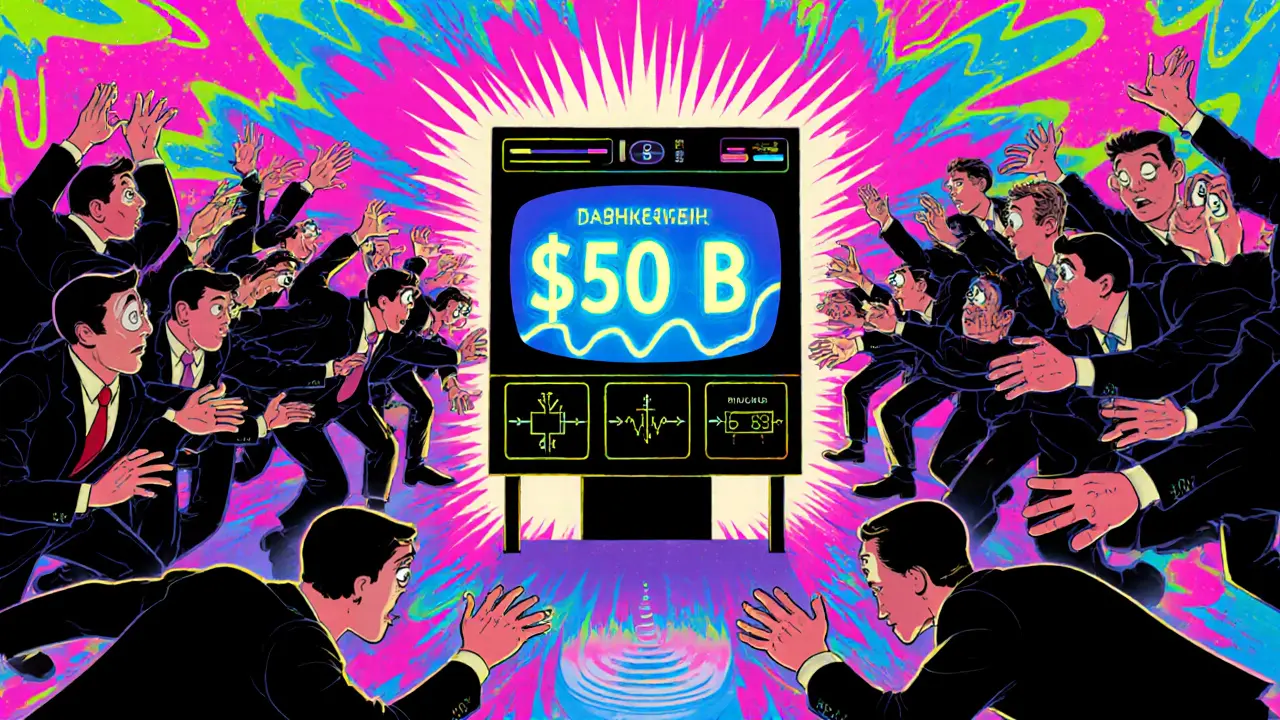inflated DeFi metrics – Cutting Through the Numbers
When talking about inflated DeFi metrics, data points that look bigger than they truly are, often because of aggressive marketing, flawed calculations, or temporary spikes. Also known as overstated DeFi stats, these figures can mislead investors who trust the surface numbers. The problem usually starts with DeFi tokenomics, the design of a token’s supply, distribution and reward rules, which, when structured to front‑load incentives, push metrics like APR and TVL upward. Add in yield farming, short‑term liquidity provision for high rewards and you get a surge in reported returns that quickly evaporates once the farm ends. Meanwhile, TVL (Total Value Locked), the total dollar amount held in a protocol often balloons because of temporary deposits, bridge hacks, or double‑counting across chains. Finally, flash loans, instant, uncollateralized loans used for arbitrage or exploits can create artificial volume spikes that inflate perceived market depth.
Why DeFi Numbers Get Stretchy
Inflated DeFi metrics don’t appear out of thin air; they’re a byproduct of how protocols compete for attention. A project that advertises a 300% APR will attract capital fast, swelling its TVL within days. That TVL spike looks impressive on dashboards, but the underlying tokenomics often include high early‑stage rewards that drain the token pool quickly, causing the APR to plunge. Yield farming campaigns amplify this effect: they reward users for providing liquidity, but once the rewards stop, the liquidity pulls out, dragging TVL down and exposing the original inflation. Flash loans add another layer. When a smart contract executes a flash loan, it temporarily moves massive funds, pushing up on‑chain transaction volume and gas fee metrics. Observers who glance at the data may mistake the surge for genuine user growth, not a one‑off exploit.
Another hidden driver is cross‑chain bridging. Some DeFi dashboards count assets on multiple chains separately, then sum them, which double‑counts the same token. This practice inflates TVL and gives the illusion of deep liquidity. On top of that, many projects publish “gross” APR numbers that don’t factor in token price changes, gas costs, or slippage. The result is a set of shiny numbers that look great in a press release but crumble under real‑world trading conditions.
Understanding the mechanics behind these metrics helps you separate signal from noise. Look for protocols that disclose net APR (after fees), show audited tokenomics models, and provide transparent bridge accounting. Check whether TVL includes only native assets or also wrapped tokens that could be counted elsewhere. Pay attention to the proportion of rewards coming from native token emissions versus genuine fee income—high emission rates often signal short‑term upside but long‑term dilution.
Below you’ll find a hand‑picked collection of articles that dig into specific examples of inflated metrics, teach you how to audit tokenomics, break down flash loan risks, and offer practical tools for evaluating DeFi data. Whether you’re a beginner trying to avoid hype or a seasoned trader looking for deeper analysis, these pieces give you the context you need to make smarter decisions in a space where numbers can be as volatile as the assets themselves.
DeFi TVL Manipulation: How Inflated Metrics Mislead Investors
Explore how DeFi protocols inflate Total Value Locked, the risks of misleading TVL numbers, and practical ways to spot and avoid metric fraud.
